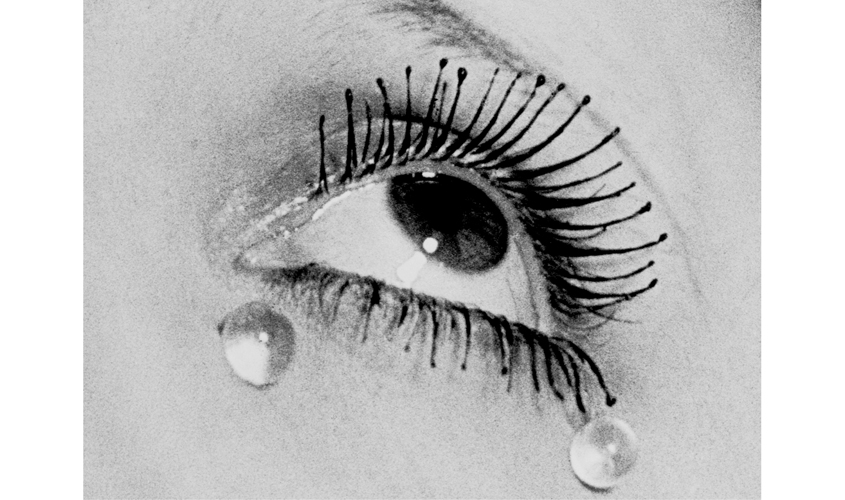“Before Ray made headway in photography, photographers were considered mere documenters of their time,” says Foss. “They would mostly photograph architecture and usual things around them but they were not considered artists. Ray took photography to the next stage and experimented so much in the spirit of surrealist and dadaist movements that he ended up transforming this practice and opening doors to so many ways to use photography as an art form.”
But Ray didn’t limit himself to only photography. His art covered painting, film, sculpture, prints and also poetry. He style was also influenced by Cubism and Futurism art movements. This experimentation with various mediums led his artist niece Naomi Savage to determine that Ray was boundless as a creative being. In one of her interviews she mentions: “With him you could try anything—there was nothing you were told not to do, except spill the chemicals. With Man Ray, you were free to do what your imagination conjured, and that kind of encouragement was wonderful.”
Photography lovers across generations also remember him as the artist who created “Rayographs”, a name he gave to photograms by prefixing his own name on it. This technique is also called “cameraless photography” as objects on a photosynthesised paper are exposed directly to sunlight, producing a silhouette of the object. Ray creatively varied the exposure time for different objects in the same frame and used atypical juxtapositions like wire coils and beads providing a new kind of imagery to the viewer. The Rayographs in some cases are also said to inspire the dreamlike visualisation of poets, especially the surrealists.

Ray’s imagination saw no boundaries and this very element defined his art. He once also has been quoted saying: “I photograph my visions.”
One can see this very vision in one of his photographs, titled Glass Tears, which is on display at the show. In it, you see a model’s eyes looking upwards. The model is actually a mannequin. Teardrops made from glass are placed beneath the eyes. He created this work in 1932 after his breakup with Lee Miller, who was a surrealist photographer. The image, which looks at ways to experiment with still-life photography, might also evoke what Ray actually wanted Miller to feel.
Hena Kapadia, founder of Tarq, is pleased to have been able to organise Ray’s show. “My initial reaction was that of excitement as I was approached for the show. Having read and seen Ray’s oeuvre from a long time, I took the putting together of such an important show as a great opportunity,” says Kapadia.
Kapadia thinks that through this exhibition visitors will be able to understand the world through Ray’s eyes. She says, “On the ground floor we have displayed photographs clicked by Ray of other well-known artists such as Salvador Dali, Pablo Picasso and the like. People might be familiar with their artworks but not necessarily with how the artists actually look like. On the first floor, we have images that reflect Ray’s experimentation in photography such as with solarisation (exposure of film to light during developing) and rayographs.

Diego Alonso, founder of Galeria Mondo says that there are very limited photographers in contemporary times who can try to reach the prolificacy of Man Ray.
“Until now, I have come across only two visual artists who are experimenting with varied content and form with photography which might lead to a novel approach in this medium,” he says. “Very few people can play with photographs like Man Ray did with the process of making a photograph. For example, tweaking and manipulating the picture at every step. I can see something similar in a Brazilian-French artist Juliana Borinski. She exercises her creativity while combining film and photography which leads to commendable work of high importance. Markos R Kayfrom England is another artist whose thought process is somewhat similar to that of Ray. He combines science and art to create stupendous digital artworks.”
View of the Spirit is on view till 1 July

